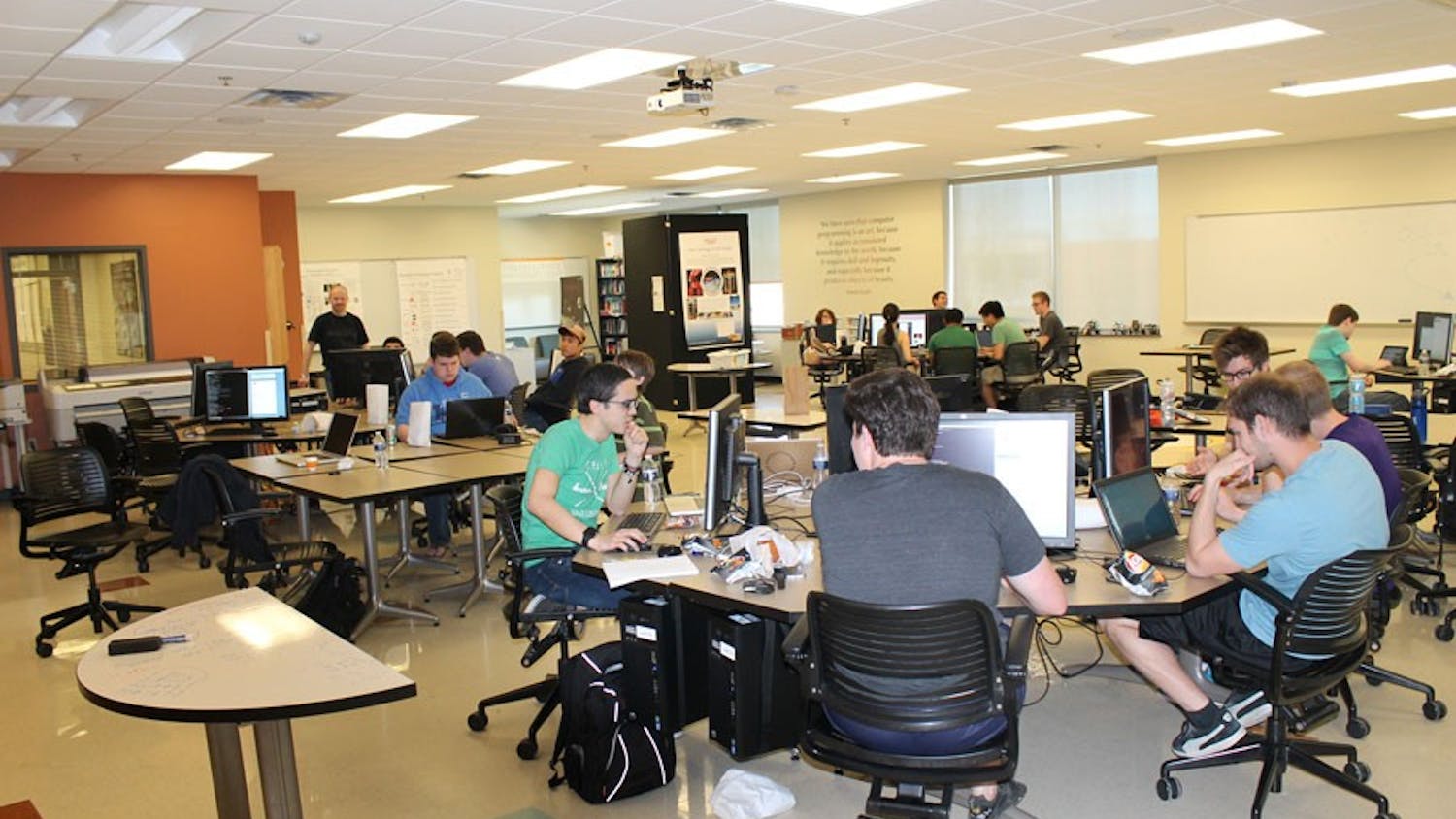In 1980, scientists observed a problem with Pioneers 10 and 11, two unmanned spacecrafts NASA launched in 1972 and 1973 to study the outskirts of the solar system.
For reasons unknown, the Pioneer vehicles were decelerating slightly more than could be explained by the Sun's gravitational pull.
Scientists tried for years to explain the phenomenon, which became known as the Pioneer anomaly, but failed repeatedly.
It was not until August 2012 - three decades later - that scientists made any headway into the problem.
That's when astrophysicist Slava Turyshev determined that instruments onboard the Pioneer vehicles were generating minuscule amounts of heat, slowing the spacecraft more than was expected.
Often in science, small discoveries, like the explanation for the Pioneer anomaly, make the biggest difference.
James Owen Weatherall, a professor of logic and philosophy of science at the University of California, Irvine, argued this in a recent opinion for the Boston Globe.
Recent advances in three fields - space, subterranean exploration and quantum computing - may yield spectacular, though anticipated, results as scientists continue to test the bounds of human reasoning.
But perhaps these new feats of height, speed and depth will reveal discrepancies that both stump and delight scientists - if only because such anomalies raise new questions and drive scientists to further discovery.
Higher - Looking Toward the Sun's Nearest Neighbor
Scientists announced last week that an Earth-sized planet is orbiting Alpha Centauri B, one of the three stars in the closest known system to Earth, at a distance of 4.4 light years - 27 trillion miles - away.
The news sparked a wave of schemes revolving around a big dream: to reach Alpha Centauri Bb, as the planet has been designated, within a human lifetime.
No current technology even comes close to reaching that goal.
The New York Times noted that Voyager 1, which is now 11 billion miles from the Sun and speeding away at 11 miles per second, would take 78,000 years to get there if it were traveling that direction.
Even so, there is no shortage of astronomers and science fiction writers trying to figure out how to get there. Some have suggested light-sail technology, driving spaceships forward by photon pressure beamed from a super-laser on Earth, as one viable option, Alan Boyle wrote in Cosmic Log for NBC News.
Another is nuclear fusion-powered craft or even the possibility of placing an artificial human ecosystem inside of an asteroid and launching it toward Alpha Centauri - the travelers would be able to reproduce and sustain themselves until they reached the planet.
Such ideas seem far-fetched, and some like sci-fi novelist Kim Stanley Robinson consider them a "waste of time," according to NBC.
But even the Defense Advanced Research Project Agency (DARPA, which most recognize as the inventor of the Internet) considers the possibility serious and hosted a 100-Year Starship Symposium, which aims to develop a ship that could reach a star in 100 years, The New York Times reported.
It's a long shot, certainly, but if DARPA can invent the Internet, surely the stars are within human reach.
Faster - Supercomputers to Model Biological, Atomic Systems
Computers have progressed a long way from the clunky systems which used to fill entire rooms or more, to the point that many Americans have a small one, a smartphone or a tablet, on them all the time.
Now, researchers in Australia have taken a step toward the next stage of computing - quantum computing.
In late September, The New York Times reported that the researchers had successfully created a quantum bit or "qubit" by embedding a single electron in a silicon chip. Scientists had previously created a qubit in diamond, but because silicon is already widely used in electronics, this development is much more viable for manufacturers.
Quantum computers will aid in searching large databases, designing pharmaceuticals and cracking modern encryption codes, Xinhua News reported, tasks which are possible but resource-intensive for current computing systems.
Scientists believe quantum computers will be exponentially faster because qubits, unlike current binary systems which process information in simple "on" and "off" states, can store information in several states simultaneously.
Now that a single qubit has been successfully created, The New York Times said, the next step is to link multiple qubits together, a feat that could be reached in as soon as a year.
Researchers believe a functional quantum computer could be available within the decade, and though they will not be replacing iPhones or PCs, they will open entirely new realms of possibility in "simulating a wide variety of biological, chemical and physical systems."
Deeper - Drilling Toward the Earth's Core
Perhaps because of man's obsession with the night skies, it sometimes seems that the Earth beneath human society has been neglected.
But that will change with a $1 billion project to reach the Earth's mantle, the nearly 2,000-mile-thick layer of molten rock between the crust and the core and which makes up the bulk of the planet, according to CNN.
The international team of geologists undertaking the project have identified several locations in the middle of the ocean, where the crust is thinnest, to attempt drilling.
They hope to bring back the first ever mantle samples by 2020, but the task will not be easy, even if they can raise the funds needed to begin.
"It will be the equivalent of dangling a steel string the width of a human hair in the deep end of a swimming pool and inserting it into a thimble (one-tenth of a millimeter) wide on the bottom, and then drilling a few meters into the foundations," said project leader Damon Teagle of the UK's University of Southampton.
If they are successful, the team hopes the samples they retrieve would help them understand how the Earth works, including revealing insights into earthquakes and volcanoes. Geologists equate its value to the Apollo missions, CNN reported, and Japan, which has invested heavily in the project, regards the drilling as its own "moon project."
The scientists involved in these projects admit that they are risky and that the financial and personal investments in the projects are great. But few great discoveries were ever easy to reach.
Now the Pioneer vehicles hurtle silently toward the edge of the solar system.
They have not communicated with Earth in a decade, but their progress remains an achievement in space exploration.
One can only imagine how much higher, faster and deeper scientists - and all humankind with them - have yet to go.




